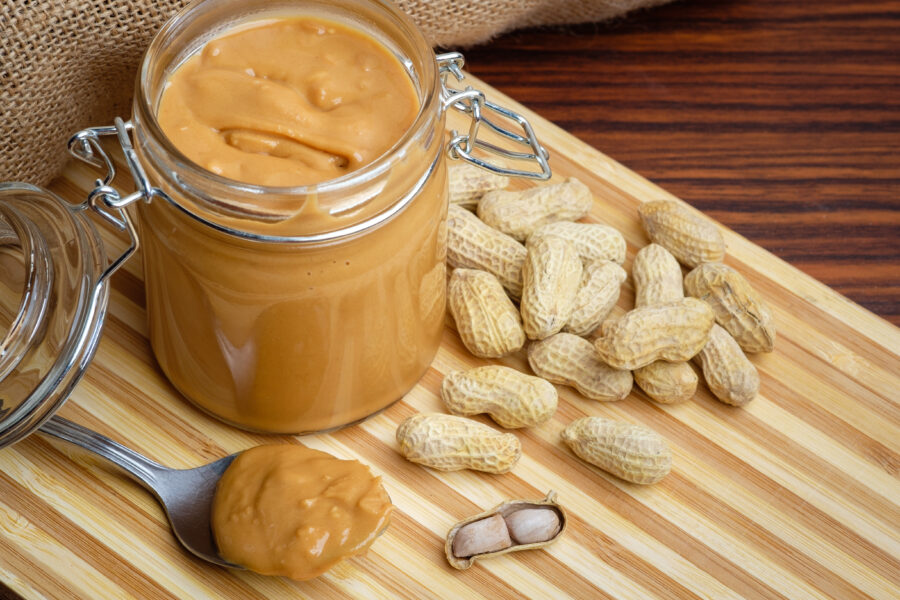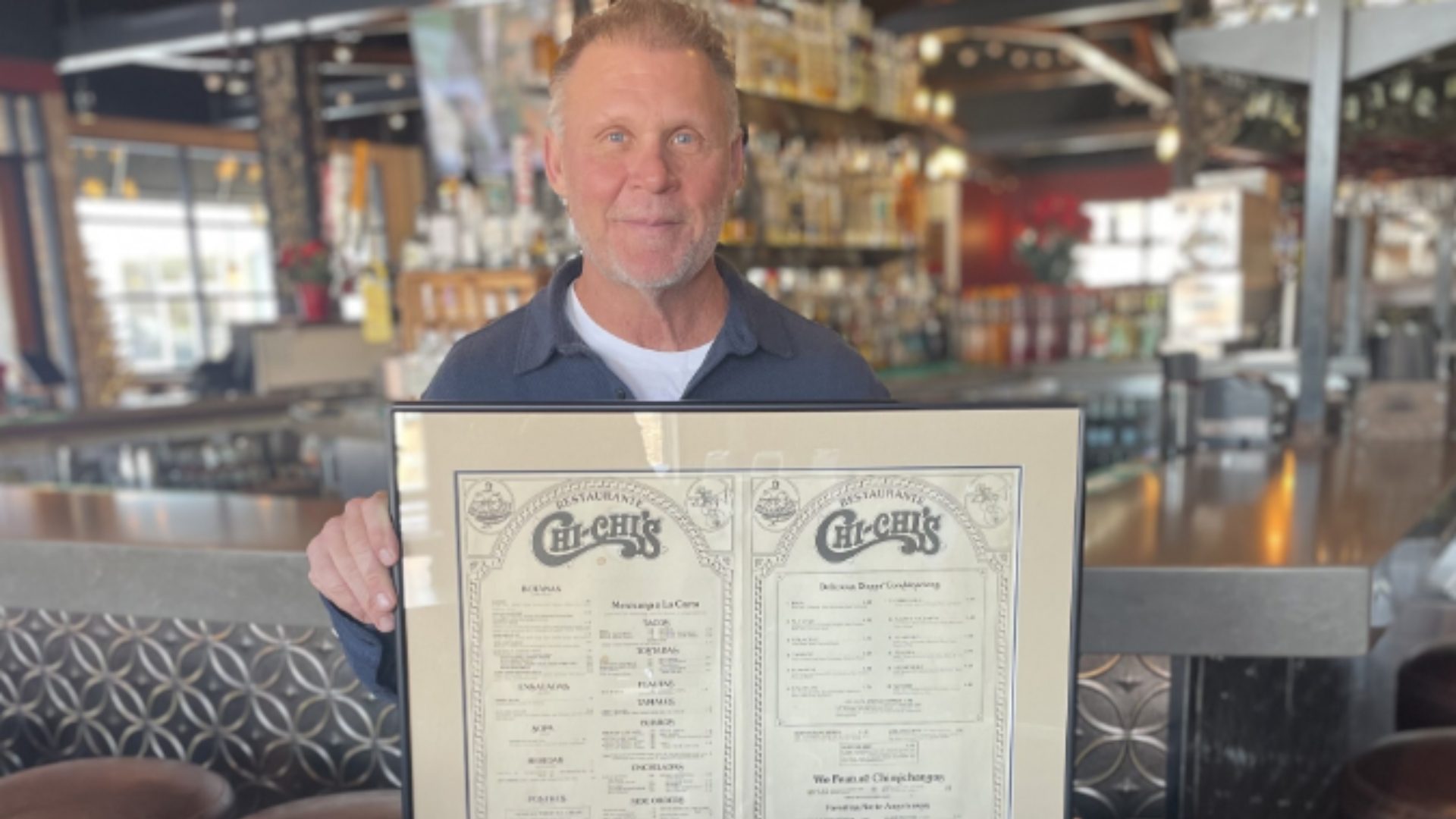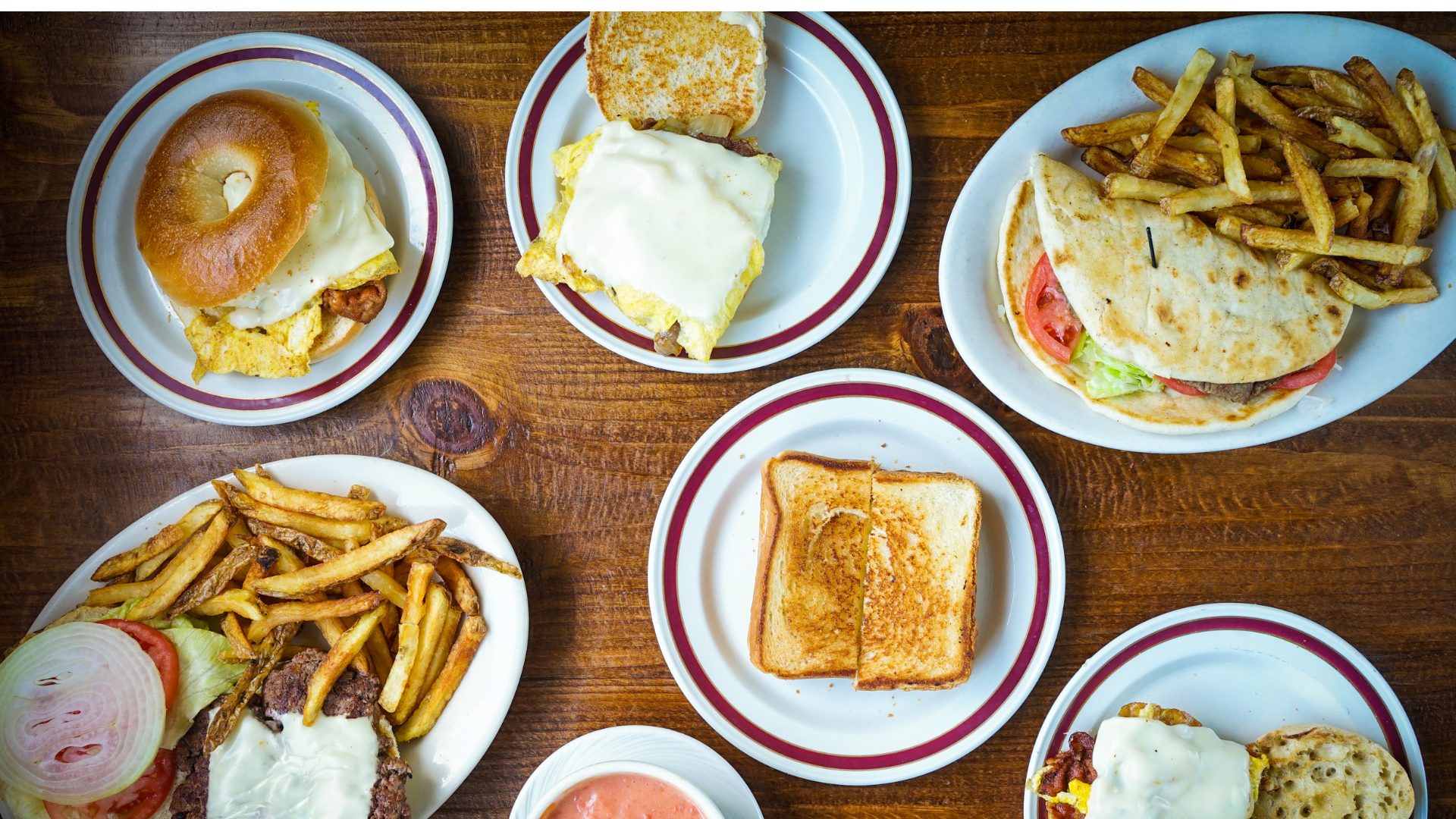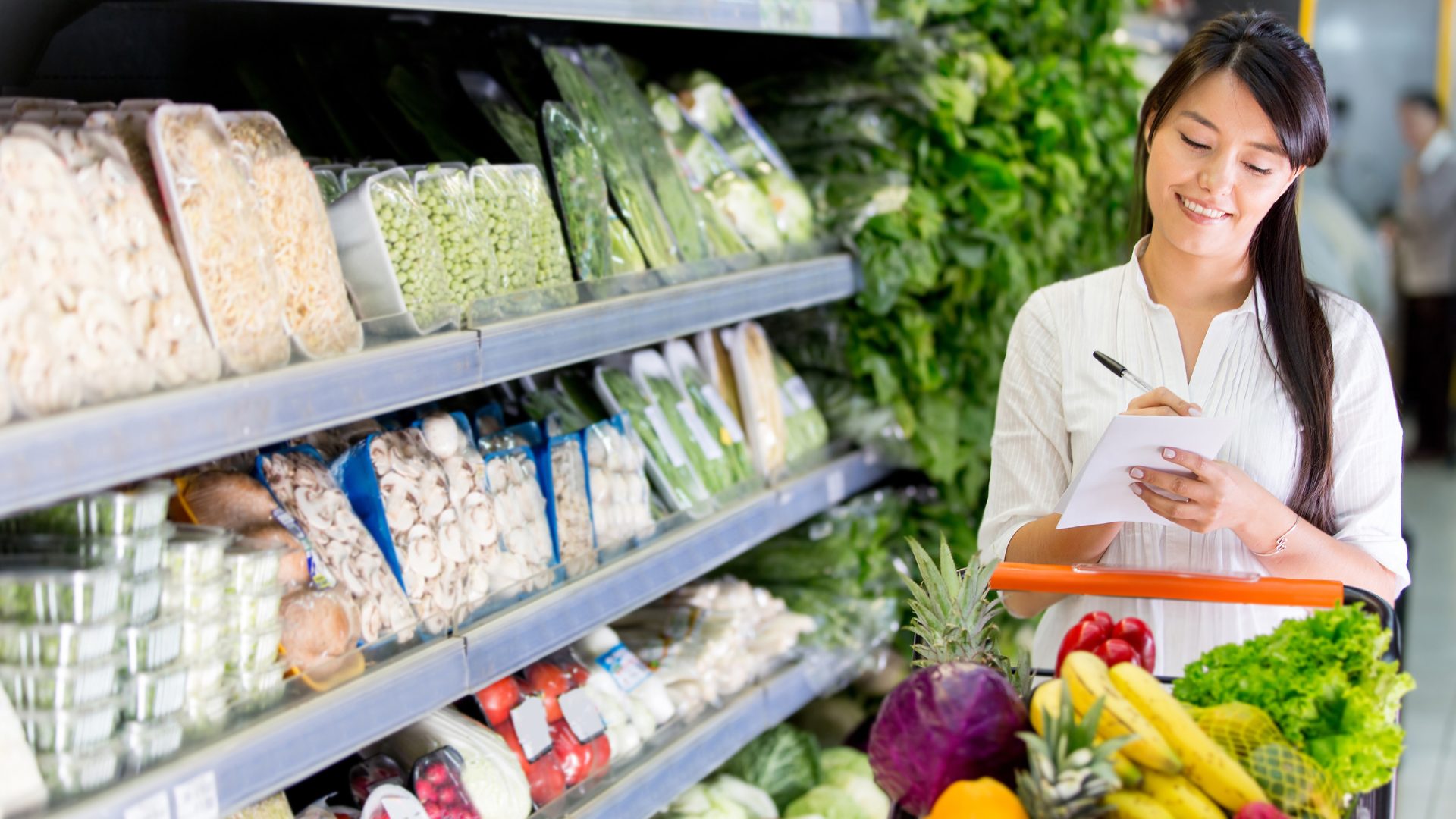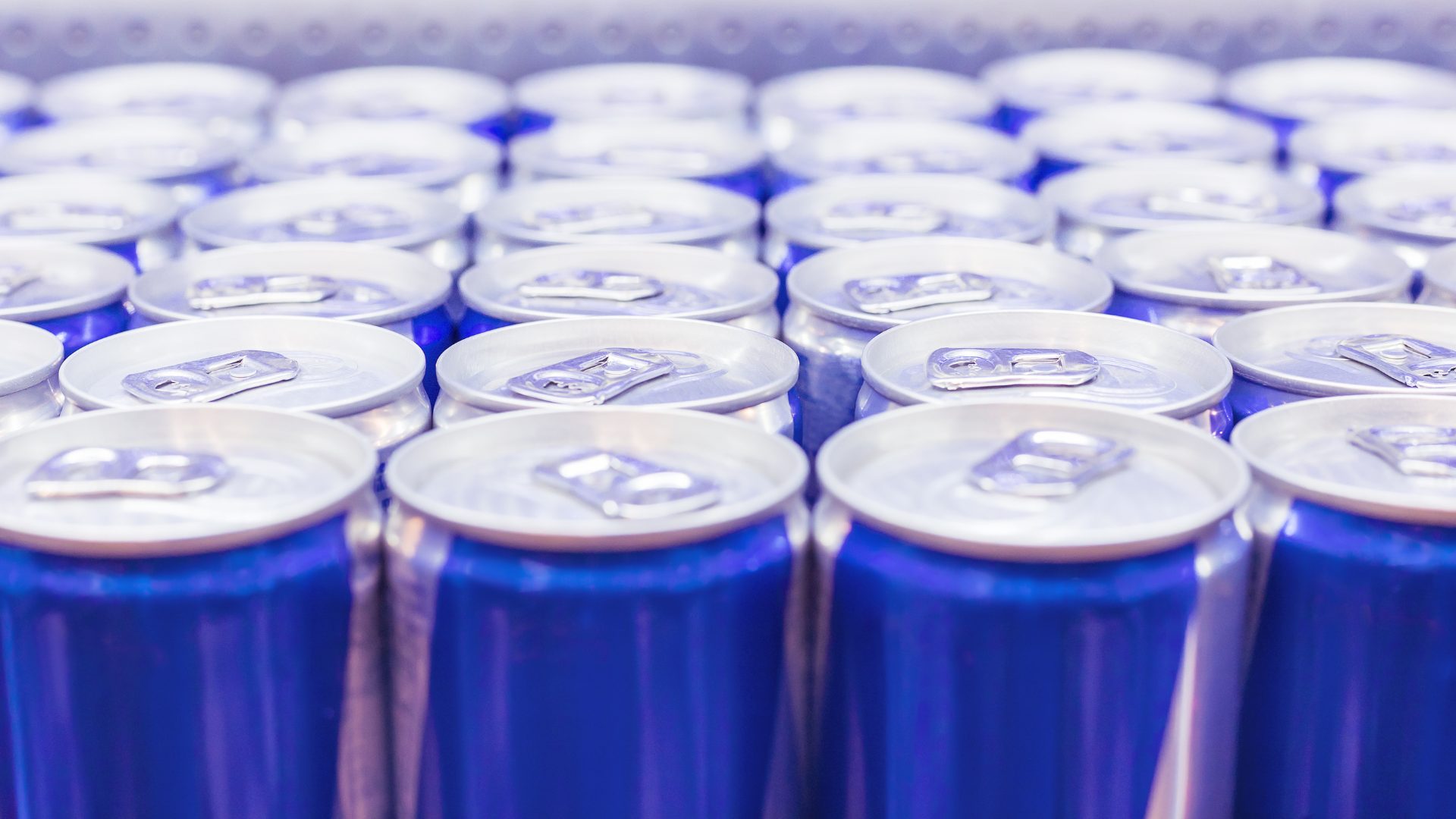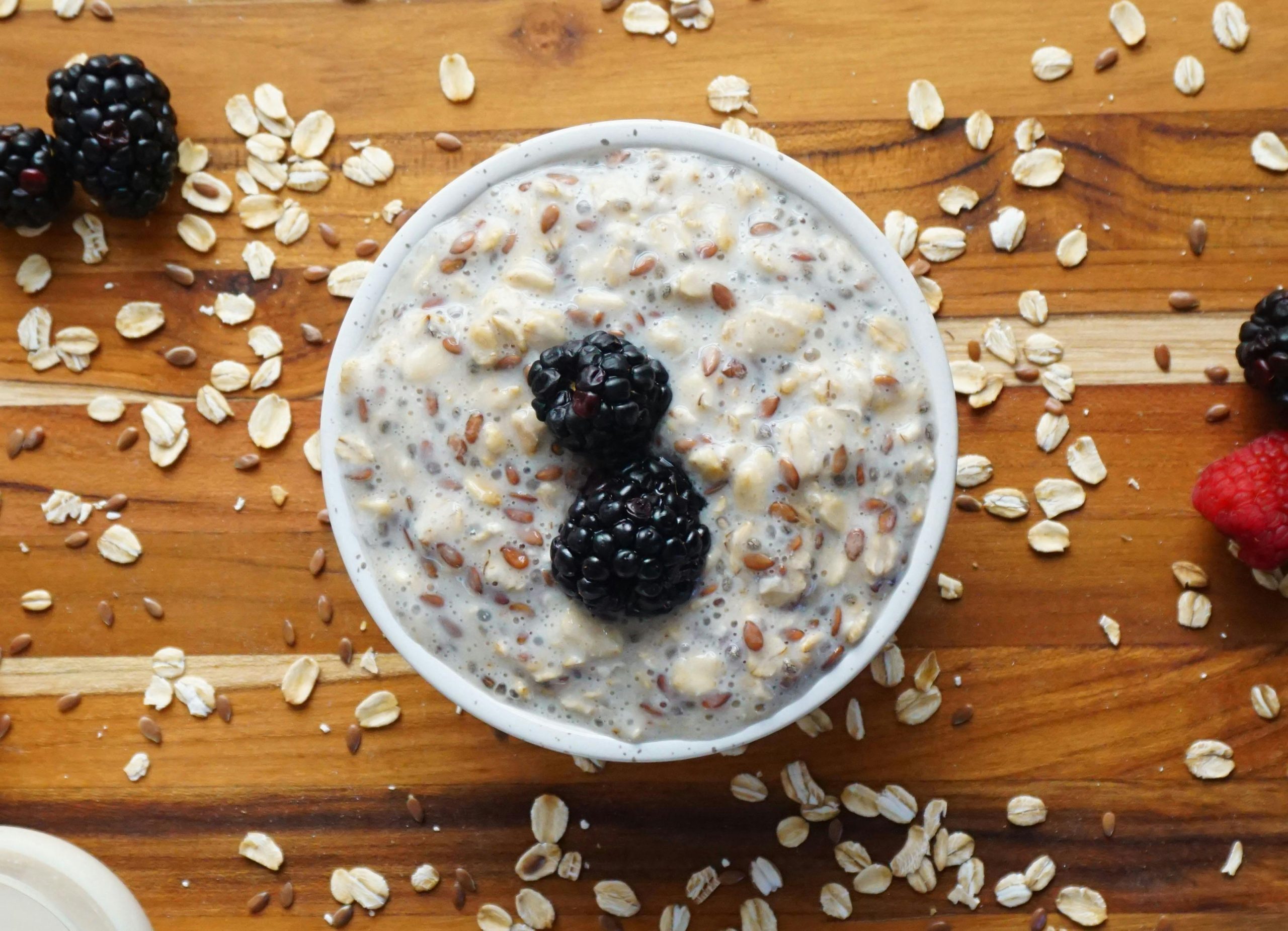Peanut butter—it’s the ingredient with top-billing in the iconic PB&J sandwich, an American classic, and a $2 billion industry.
Nearly as versatile as it is popular, peanut butter can be used in desserts, sauces, smoothies, granola bars, and even charcuterie boards.
That could explain why some 94% of American homes have at least one jar of peanut butter in the pantry, according to the National Peanut Board. The Board also reports that Americans eat an average of 4.25 pounds of peanut butter per capita, an impressive figure that soared even higher during the Covid-19 pandemic.
And at a time when so much was uncertain, perhaps it’s no surprise that consumers looked for comfort in a jar. According to some experts, nostalgia is a key reason why Americans go nuts for peanut butter.
The ultimate comfort food
“Peanut butter, with its creamy texture and savory-sweet flavor profile, has been a favorite in American households for generations,” celebrity chef George Duran told The Food Institute. “It reminds us of simpler times and those PB&J sandwiches that were a lunchtime staple.”
Marketing research shows that people enjoy being reminded of the past. Nine out of 10 people say they think fondly of the past at least occasionally, and 47% do so almost always or quite often, reported MarketingWeek.
In fact, our proclivity for nostalgia is so strong that more than half (55%) of people say they would choose to return to the past if time travel were possible. With no time machine on the market yet, a jar of peanut butter may be the next best thing.
“There’s no denying the comfort factor of a heaping spoonful straight from the jar,” said Duran.
But where does a product like peanut butter, that is already immensely popular, go from here?
According to Ryan Christofferson, senior brand manager for Skippy at Hormel Foods, now is the time to find new applications for the already-beloved brand.
Reimagining an old classic
“Peanut butter is something that always has been popular for decades with consumers but is continuing to grow not just as a product in a jar, but in new formats and in new places,” Christofferson told CNBC.
“So people are thinking about, ‘how can I get more peanut butter into snacks, into desserts and other places, into cooking sauces?” Christofferson explained.
Some companies are attempting to further expand peanut butter’s reach by offering new variations of the old classic.
“Brands have started offering peanut butters with exciting flavors like honey, cinnamon, chocolate, coconut, and more,” Mia Syn, registered dietitian at Nutrition By Mia, told The Food Institute. “These flavored options offer a twist on the traditional taste and cater to consumers looking for variety.”
Alternatively, taking the exact same peanut butter Americans already love and packaging it differently works, too. Nearly half of American consumers snack three or more times every day, a figure up 8% in the past two years, according to Circana. As a result, smaller, more convenient pack sizes have become especially appealing.
“I love the single-serve peanut butter squeeze packs because they are a convenient, portion-controlled on-the-go snack that you can spread on fruit, or enjoy as a quick energy boost,” said Syn.


